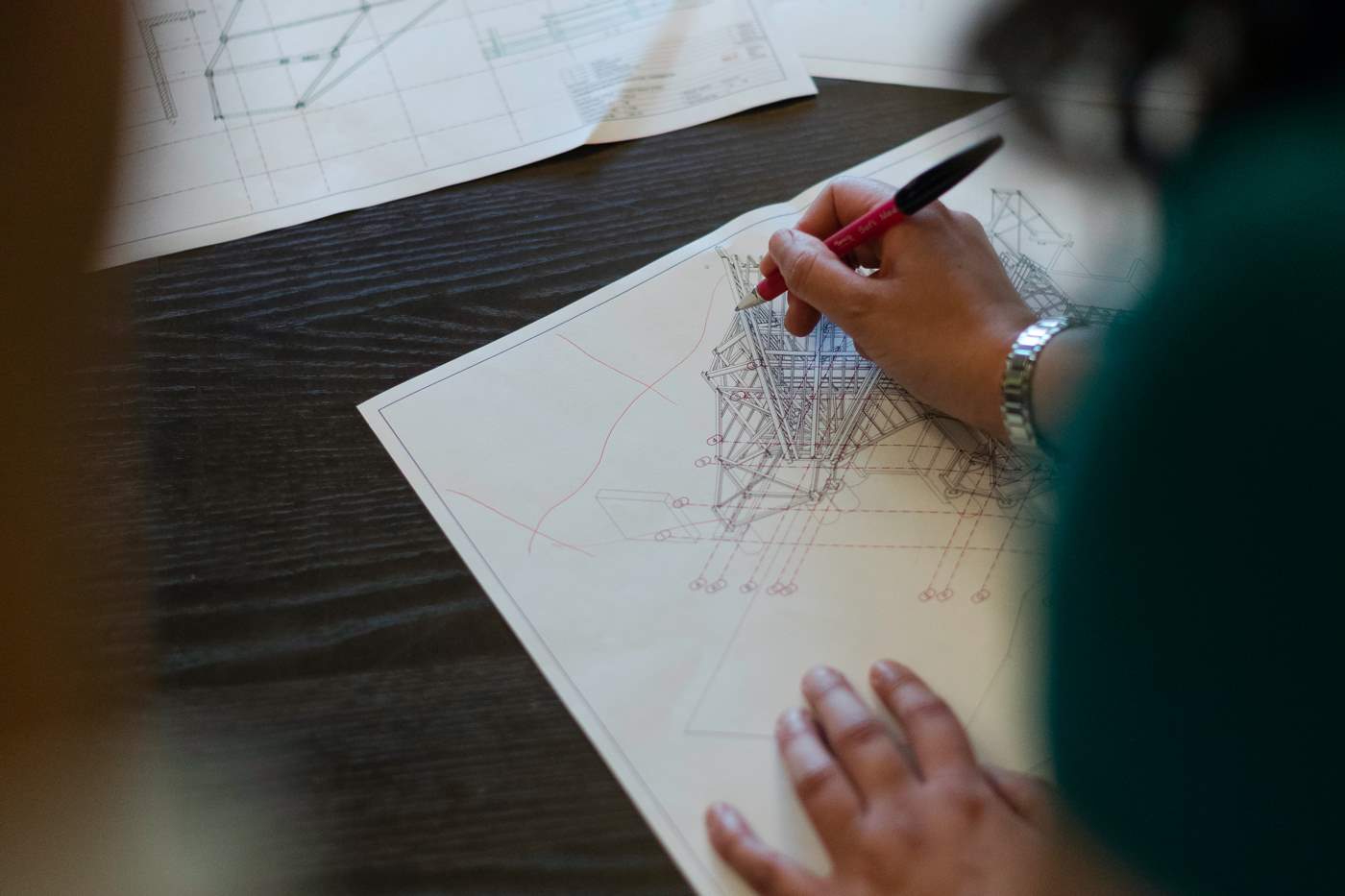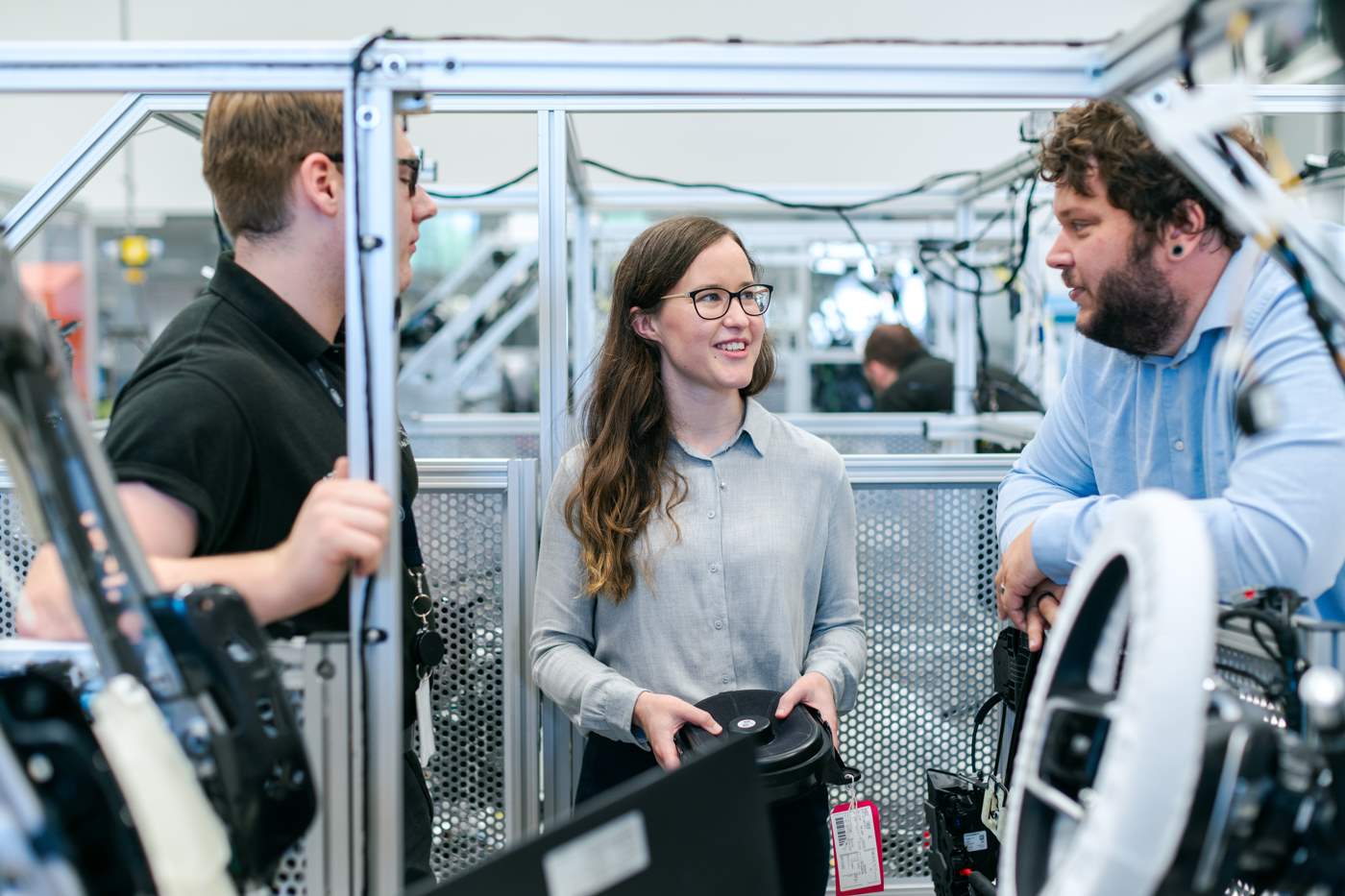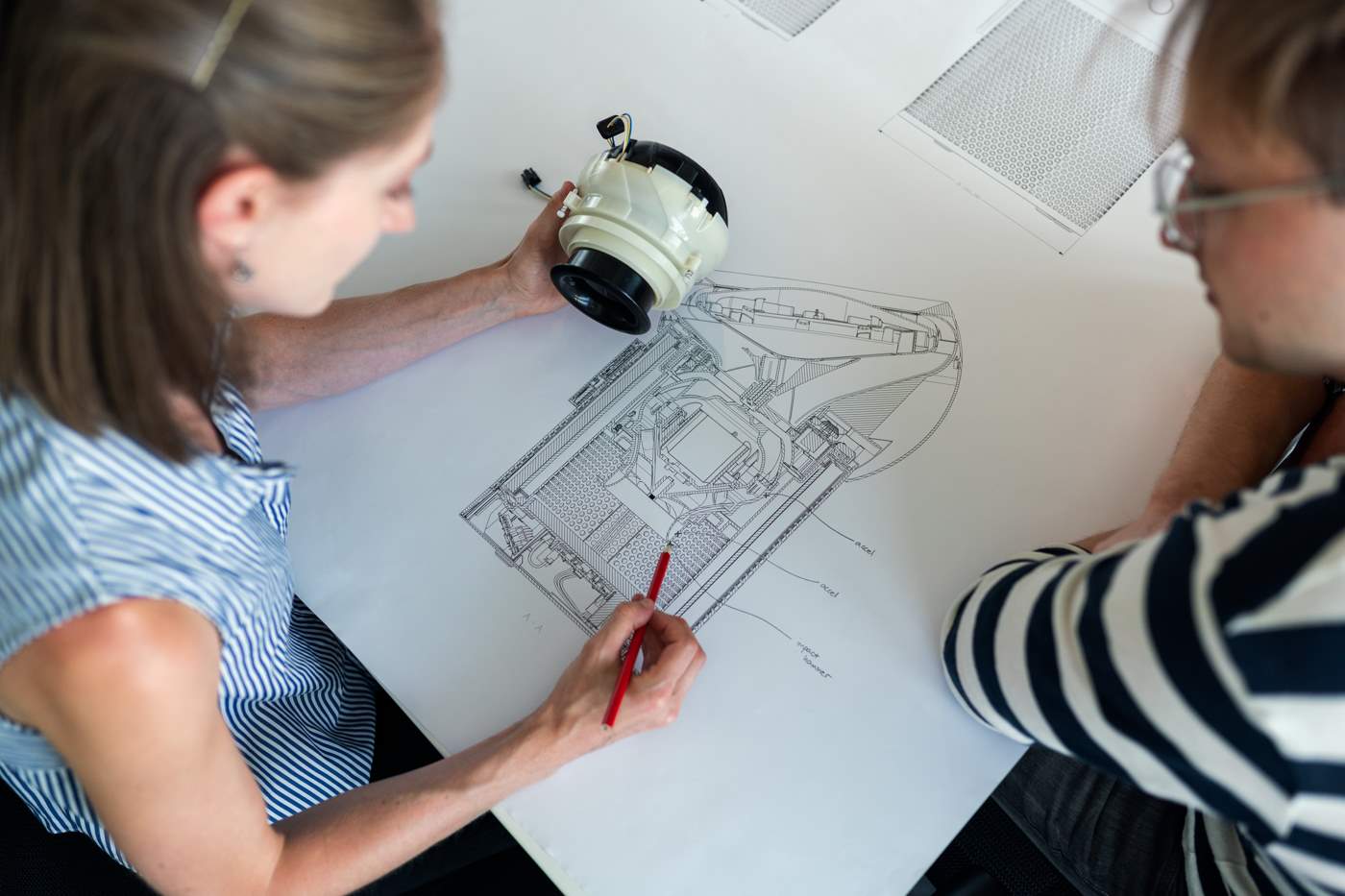THE RISE OF THE MULTIDISCIPLINARY ENGINEERING TEAM

SOFT SKILLS CAN BE A HARD AND FAST ROUTE TO SUCCESS.
As products become more complex, many engineering organizations have adopted a model of multidisciplinary teaming. Employees with backgrounds in different disciplines are coming together to assess, plan and collaborate, all working towards a common goal.
For such a dynamic to work, however, the modern engineer must look beyond their technical expertise and ensure their soft skills are also in place. ASME’s L&D courses are putting such capabilities within reach for those ready to seize the opportunity.

Breaking the silos
Organizational silos have long seen engineers separated by function or by technology. With their focus narrowed on a particular part of the product, the siloed engineering team will have its own approach, affecting everything from frameworks and coding languages to ways of reporting.
This siloing of expertise adversely affects companies, people and products. The lack of synchronicity wastes time. In the US, communication silos cost organizations 350 hours per year.1 Common issues aren’t spotted, leading to poor design decisions. Projects are vulnerable to staff retention. Lack of collaboration breeds conflict and mistrust. And all of this slows down output, impacting revenue.
The multidisciplinary engineering team is a clear shift away from the siloed approach familiar to many—and it is a necessary one for modern organizations looking to advance.

A new way of working
In a multidisciplinary engineering team, engineers across different technical disciplines need to work closely and collaborate. In transportation engineering, for example, this means integrating civil engineers with the construction and maintenance teams, and bringing operations and management into the early design stages.
For all types of engineers it means being able to engage with different roles within the business, from project managers to internal stakeholders.
For such dynamism to flourish, multidisciplinary teams require members to bring not only their technical expertise to the table. True collaboration calls for soft skills—skills that the previously siloed may have yet to master.

The Agile engineer
71% of companies, ranging from nimble start-ups to Fortune 500’s, employ Agile principles.2 More than a quarter of manufacturers rely purely on Agile.3 So too does Saab in the creation of their fighter jets,4 John Deere in their machinery,5 and even the US federal government and the FBI.6
Agile’s approach sees an emphasis on individuals and interactions, product development, customer collaboration and responding to change. As progressive as an Agile way of working might be to some, the problem-solving, feedback-gathering and flexibility that it champions are fundamental soft skills intrinsic to modern business. This is why ASME has made sure to include them within our range of courses.
For starters, we offer an introduction to Agile Project Management using the latest PMBOK/ Agile guidelines from PMI. It places the engineer in the shoes of an Agile project manager, giving them an on the ground perspective of a “fail fast” strategy and equipping them with methodologies made for industry innovation.
As diverse skill sets come together, being able to problem-solve effectively is crucial. In order to identify outcomes, our Root Cause Analysis course helps engineers to uncover causes of problems and apply the tools in areas such as failure analysis and quality control. Alternatively, The Theory of Inventive Problem Solving course looks ahead and asks the engineer to apply the theory of inventive problem-solving to make breakthroughs in new products and business concepts.
Then there’s the need for strategic thinkers within multidisciplinary teams, evaluating risk and making sound decisions for the project’s long term success. To this end, our Strategic Thinking course combines standard tools and innovative approaches to equip engineers with the ability to make alliances, convey the best routes with persuasion, and improve group functioning.

Taking action
With such skills in place, a multidisciplinary engineering team is set to thrive. Cross-functional collaboration can tackle user issues together, overcoming the hurdles previously encountered in silos. Data can flow more freely through shared tools, with common platforms for log management and session replay making processes easier and more intuitive. An intelligent new layer of thinking can be also added as teams navigate projects together, identifying faults early on as well as exploring exciting new avenues.
This is the future of modern engineering and it can start today.
ASME’s Learning and Development Solutions offers technical training and professional development for engineers, either in-person or online. Identify the skills you want to develop in your engineering team and find out how we can bridge the gap.
References
- https://goremotely.net/blog/agile-adoption/
- https://goremotely.net/blog/agile-adoption/
- https://hbr.org/2016/05/embracing-agile
- https://hbr.org/2016/05/embracing-agile
Want us to train your team? Get in touch.
In-person, on-site training now available for groups of 10 or more
Join leading companies using ASME Learning & Development to take their engineering talent to the next level.
Submit the form below to learn more about ASME's exclusive Corporate Training offers.

